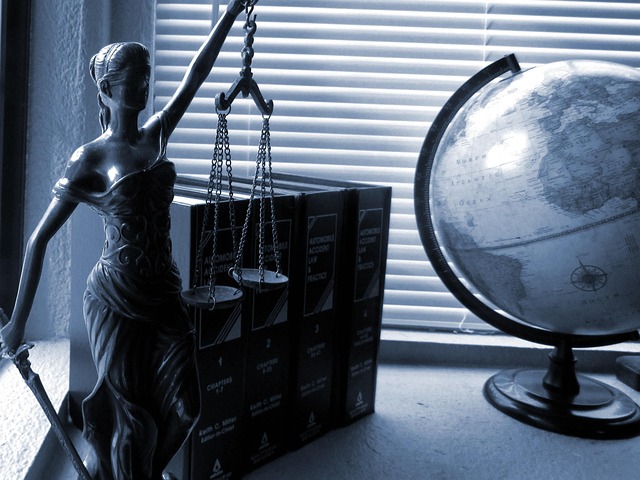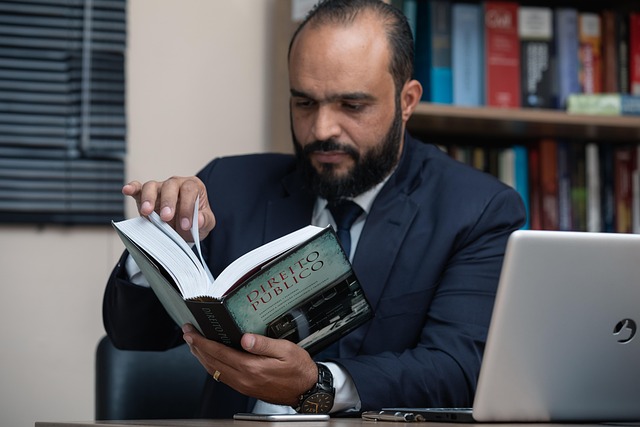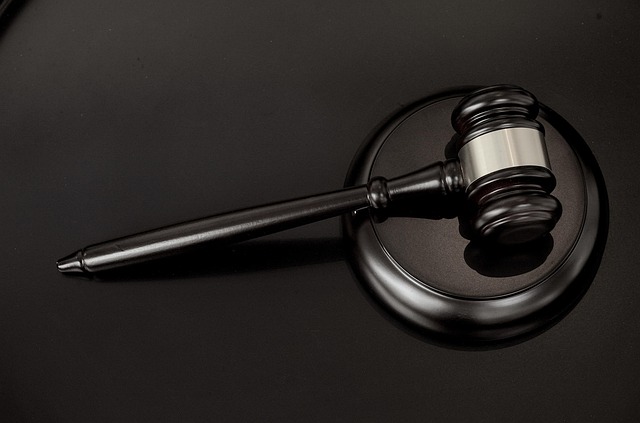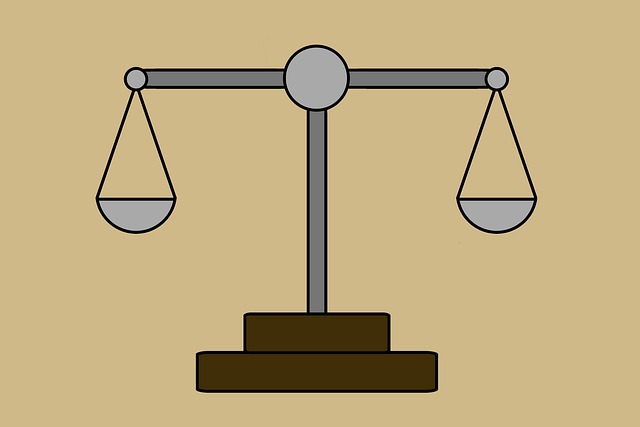In a pedestrian accident, Medicaid (a federal-state program) can cover medical bills for low-income individuals, with eligibility varying by state. It does not compensate for pain and suffering. For complex cases or elderly victims, consult legal professionals to navigate insurance disputes and protect rights, as Medicaid guidelines for pedestrian accident medical bill coverage must be thoroughly understood.
“In the event of a pedestrian accident, understanding the coverage of medical bills under Medicaid can be a complex yet crucial aspect for victims. This article serves as a comprehensive guide, delving into the intricacies of Medicaid’s role in covering pedestrian accident-related expenses. We’ll explore who is eligible for these benefits, navigate the claims process, and provide insights into reimbursement procedures. By understanding your rights, you can ensure proper care and financial support during recovery.”
- Understanding Medicaid Coverage for Pedestrian Accident Medical Bills
- Who Is Eligible for Medicaid in Pedestrian Accidents?
- Navigating the Claims Process and Reimbursement Procedures
Understanding Medicaid Coverage for Pedestrian Accident Medical Bills

When a pedestrian is involved in an accident, understanding their medical bill coverage is crucial. Medicaid, a joint federal and state program designed to provide health care for low-income individuals and families, offers specific benefits for those injured in accidents. In many cases, Medicaid can cover the costs of treating pedestrian accident medical bills, including emergency care, hospitalization, surgery, and rehabilitation. The extent of coverage depends on the state where the injury occurred and the individual’s eligibility requirements.
It’s important to note that while Medicaid may provide financial relief for those injured in a pedestrian accident, it does not inherently cover all expenses associated with car accident injuries or auto accident injuries. Additionally, if the injury was due to neglect in a nursing home setting, other legal and insurance options may be available. Therefore, individuals affected by such incidents should carefully review their policy details and consult relevant authorities for comprehensive understanding of their rights and benefits.
Who Is Eligible for Medicaid in Pedestrian Accidents?

In the event of a pedestrian accident, individuals who sustain injuries may wonder about their options for covering medical expenses. Medicaid, a joint federal and state program, plays a significant role in providing healthcare coverage to eligible individuals. Those who are eligible for Medicaid can receive assistance with their pedestrian accident medical bills.
Eligibility criteria vary by state, but generally, Medicaid is available to low-income individuals and families, including those with limited resources and no insurance. In the context of pedestrian accidents, victims or their dependents might qualify if they meet financial requirements and certain residency or citizenship criteria. It’s important to note that while Medicaid can cover medical costs, it does not necessarily imply compensation for pain and suffering or other non-medical expenses typically associated with personal injury claims. For complex cases, consulting a truck accident attorney is advisable to understand insurance disputes and ensure one’s rights are protected.
Navigating the Claims Process and Reimbursement Procedures

Navigating the claims process after a pedestrian accident can be overwhelming, especially when dealing with medical bills. The first step is to ensure all necessary documentation is gathered, including police reports, medical records, and any evidence related to the incident. It’s crucial to report the accident to your local authorities and seek immediate medical attention to safeguard your health and rights.
Once you’ve taken these initial steps, you can begin the process of submitting a claim for reimbursement from Medicaid. This involves understanding your state’s specific guidelines for pedestrian accident medical bills coverage under Medicaid. You may need to provide detailed information about your injuries, treatments, and associated costs. It’s advisable to keep records organized and be prepared to present them when requested by insurance providers or legal representatives. For complex cases involving product liability or personal injury claims, especially for the elderly, seeking professional assistance from elder law specialists or personal injury attorneys can significantly aid in navigating these procedures effectively.
In understanding Medicaid coverage for pedestrian accident medical bills, it’s clear that eligible individuals can receive crucial financial assistance for their healthcare needs. Navigating the claims process requires awareness of specific procedures and eligibility criteria. By familiarizing themselves with these aspects, victims of pedestrian accidents can ensure they access the reimbursement they deserve, fostering a more equitable and supportive recovery environment.






